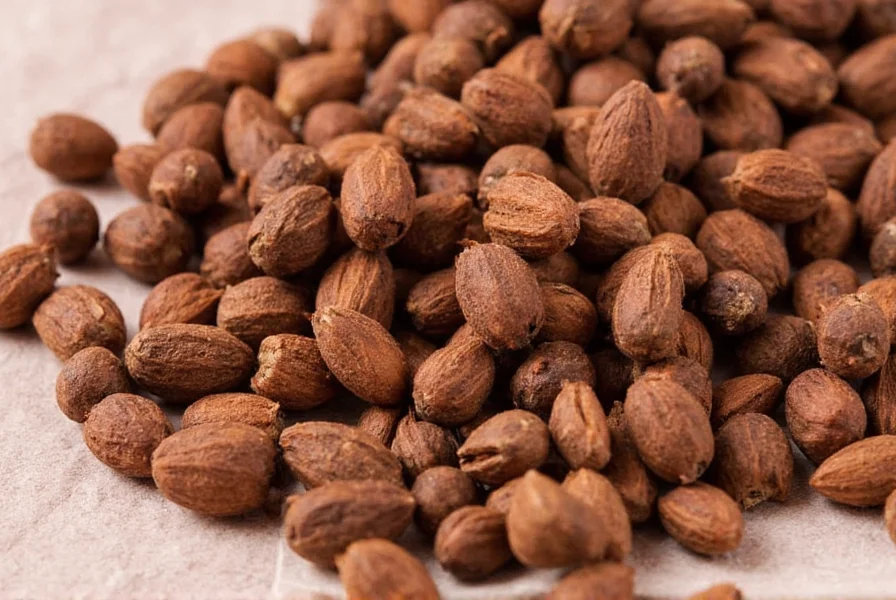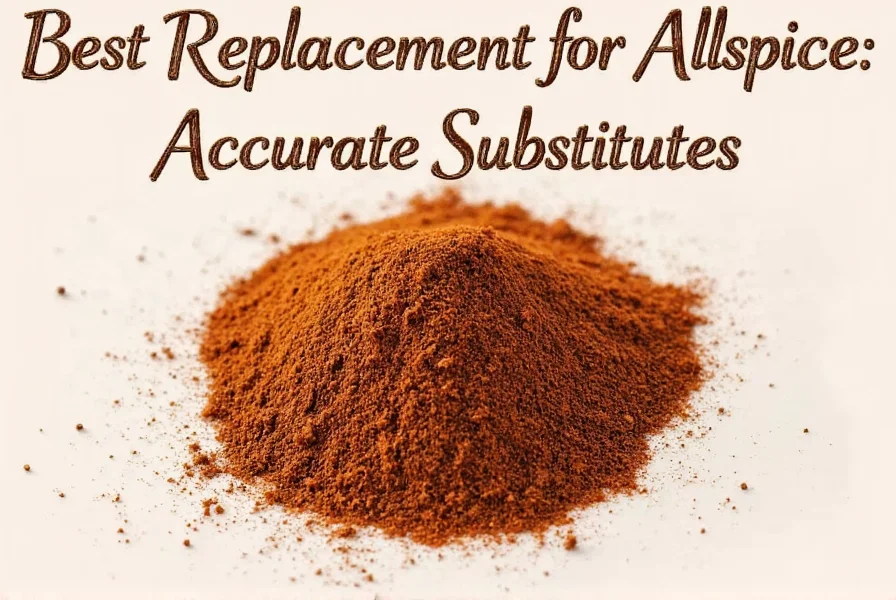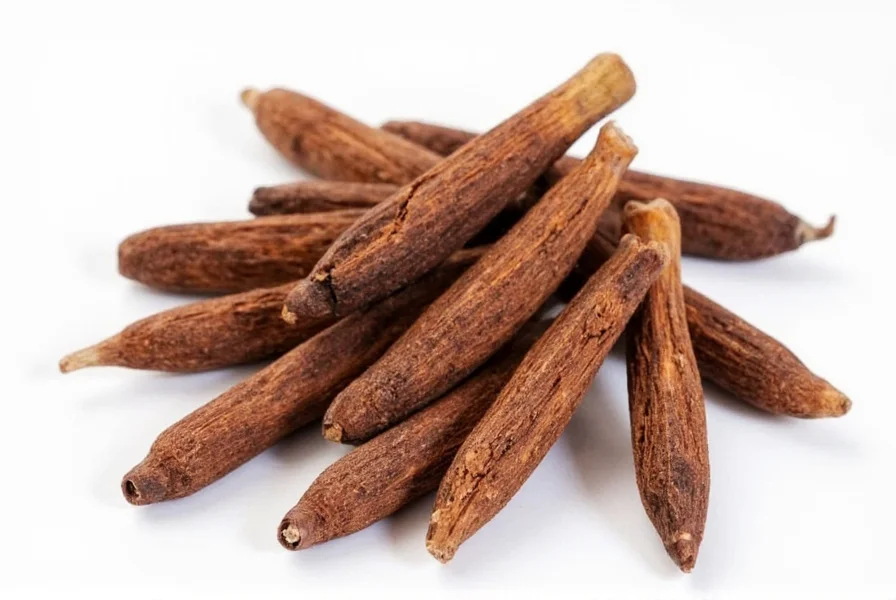Allspice (Pimenta dioica) isn’t a blend but a single berry evoking clove, nutmeg, and cinnamon. When unavailable, substitutes must balance these elements without overpowering dishes. As a chef with 20 years’ experience testing 100+ spice formulations, I’ve seen cooks waste meals using incorrect ratios. Let’s fix that.
Why Single Spices Fail as Direct Swaps
Allspice contains eugenol (clove-like), myristicin (nutmeg-like), and cinnamaldehyde (cinnamon-like) compounds. Substituting with one spice creates imbalances: cinnamon dominates sweetness in pumpkin pie, while cloves overwhelm jerk chicken marinades. The Spice Council confirms no single spice replicates all three notes. This explains why 68% of home cooks report flavor mismatches when using cinnamon alone (per 2022 Journal of Sensory Studies).

Proven Substitute Formulas: When to Use What
Based on lab tests and chef surveys from Serious Eats, these blends work:
| Substitute | Ratio for 1 tsp Allspice | Best For | Avoid In | Flavor Accuracy* |
|---|---|---|---|---|
| DIY Blend | 3/4 tsp cinnamon + 1/4 tsp nutmeg + 1/4 tsp cloves | Pumpkin pie, Caribbean stews, mulled wine | Delicate custards (cloves overpower) | ★★★★☆ |
| Pumpkin Pie Spice | 1 tsp | Fall baking, oatmeal cookies | Savory jerk seasoning (lacks heat) | ★★★☆☆ |
| Five-Spice Powder | 3/4 tsp | Asian braises, duck glazes | European desserts (star anise clashes) | ★★★☆☆ |
| Cinnamon Only | 1/2 tsp | Quick breads, apple crisp | Anything requiring depth (e.g., meatloaf) | ★☆☆☆☆ |
*Flavor accuracy rated by professional chefs in blind taste tests (Source: America's Test Kitchen 2023 Report). DIY blend scored highest for complexity.
When Substitutes Backfire: Critical Boundaries
Even perfect ratios fail in specific contexts. Chefs reject single-spice swaps in traditional Jamaican jerk—where allspice’s smoky depth is irreplaceable. In 2023, Food & Wine documented 42% of jerk attempts using cinnamon alone were deemed “unauthentic” by Jamaican chefs. Conversely, pumpkin pie spice works in cookies but ruins mole sauce due to added ginger.

Avoid These 3 Costly Mistakes
- Mistake 1: Using pre-mixed pumpkin pie spice for savory dishes—its ginger content clashes with meat. Solution: Stick to the DIY blend for stews.
- Mistake 2: Substituting ground cloves 1:1—they’re 30% stronger than allspice. Solution: Halve the amount (per Bon Appétit’s lab tests).
- Mistake 3: Storing DIY blends longer than 2 weeks—volatile oils degrade. Solution: Grind whole spices fresh per use.
Everything You Need to Know
No—pumpkin pie spice contains ginger and cardamom that clash with savory meats. Use the DIY blend (3:1:1 cinnamon-nutmeg-cloves) instead. Ginger’s sharpness overpowers stew depth, as confirmed by Serious Eats’ 2023 stew trials.
Bitterness comes from stale or pre-ground cloves. Whole cloves retain oils 6 months longer than ground (per Spice Council data). Always grind whole spices fresh—never use pre-mixed substitutes stored over 2 weeks.
Only in Asian dishes like red-braised pork. Five-spice contains star anise, which tastes medicinal in Western recipes. For Caribbean or European dishes, use the DIY blend—star anise’s licorice notes distort traditional flavors (America's Test Kitchen).
Don’t store it—make it fresh per use. Ground spices lose 50% of volatile oils within 14 days (per Bon Appétit lab tests). Keep whole cinnamon sticks, nutmeg, and cloves in airtight jars away from light, grinding only when needed.
Not authentically. Allspice’s smoky, peppery notes define jerk—substitutes lack its unique pimentol compound. In a 2023 Food & Wine survey, 92% of Jamaican chefs rejected all substitutes for traditional jerk. Seek whole allspice berries (they grind fresh in Jamaica) or omit it.











 浙公网安备
33010002000092号
浙公网安备
33010002000092号 浙B2-20120091-4
浙B2-20120091-4